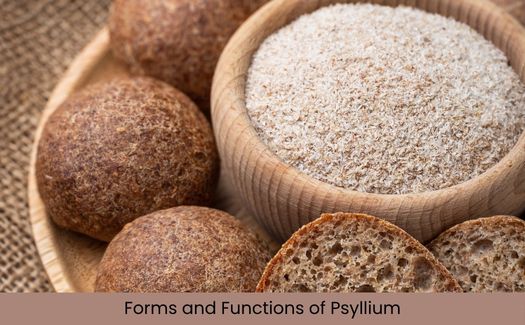Psyllium, derived from the seeds of Plantago ovata, has long been recognized for its exceptional fiber content and natural thickening properties. While it is widely used as a dietary supplement, psyllium seeds, husk, and powder have also found their place in modern kitchens and bakeries around the world. Whether you are baking gluten-free bread, crafting delicate cakes, or creating nutritious snacks, psyllium can dramatically improve texture, structure, and moisture retention.
In this guide, we explore how to use psyllium seeds, husk, and powder in baking and cooking, along with expert tips and proportion guidelines for achieving consistent results.
Whole psyllium seeds are small, odorless, and gelatinous when soaked in water. They contain both soluble and insoluble fibers, making them valuable for digestive health. In culinary applications, they act as a hydrating and binding agent in energy bars, cereals, and crunchy snacks.
The outer shell of the seed, known as the husk, is a concentrated source of soluble fiber. It forms a gel when mixed with water and is widely used in gluten-free baking to mimic the elasticity normally provided by gluten. It enhances dough structure and retains moisture.
Finely ground husk or seed powder offers the same benefits but disperses more evenly in batters and sauces. It can be used as a natural thickener or stabilizer in soups, gravies, and smoothies.

Bakers, especially those crafting gluten-free or high-fiber recipes, rely on psyllium for several reasons:
Pro Tip: Add psyllium powder to yeast doughs (½ teaspoon per 250 g flour) to stabilize fermentation and improve oven spring.
While cakes and muffins typically rely on eggs and fats for structure, psyllium can provide balance in vegan or reduced-fat baking.
Tip: Do not overuse psyllium; excessive amounts may make baked goods gummy or dense.
Replace breadcrumbs or eggs with 1 tablespoon of psyllium husk per 500 g of mixture. It binds vegetables, legumes, or minced meat while keeping moisture locked in during frying or grilling.
Form | Primary Function | Best Used In | Usage Tip |
Psyllium Seeds | Crunch & fiber | Bars, cereals, crackers | Soak before use for softer texture |
Psyllium Husk | Binding & structure | Breads, muffins, flatbreads | Hydrate before mixing |
Psyllium Powder | Thickening & smoothness | Cakes, soups, sauces | Mix with dry ingredients first |
Incorporating psyllium seeds, husk, and powder in baking and cooking opens a world of possibilities for both nutrition and texture enhancement. Whether you’re creating artisan breads, delicate pastries, or wholesome snacks, psyllium serves as a natural, plant-based fiber that supports structure, moisture, and gut health.
By understanding the unique properties of each form and applying the right proportions, bakers and chefs can achieve professional-grade results—gluten-free or not—while enriching every dish with a touch of natural wellness.
Psyllium husk provides structure and elasticity in dough, while powder blends easily into batters for smoother texture and even thickening.
Generally, 1–2 tablespoons per cup of flour is ideal. Too much may result in a gummy texture.
Yes. Mix 1 tablespoon psyllium husk with 2½ tablespoons water and let it sit for 5 minutes—it forms a gel that acts as an egg substitute.
Absolutely. Psyllium is a natural fiber and safe when used in moderate quantities, promoting digestive health.
Store them in a cool, dry place in airtight containers to prevent moisture absorption and loss of gelling ability.
REG.NO: SCC/IN/QMS/1168